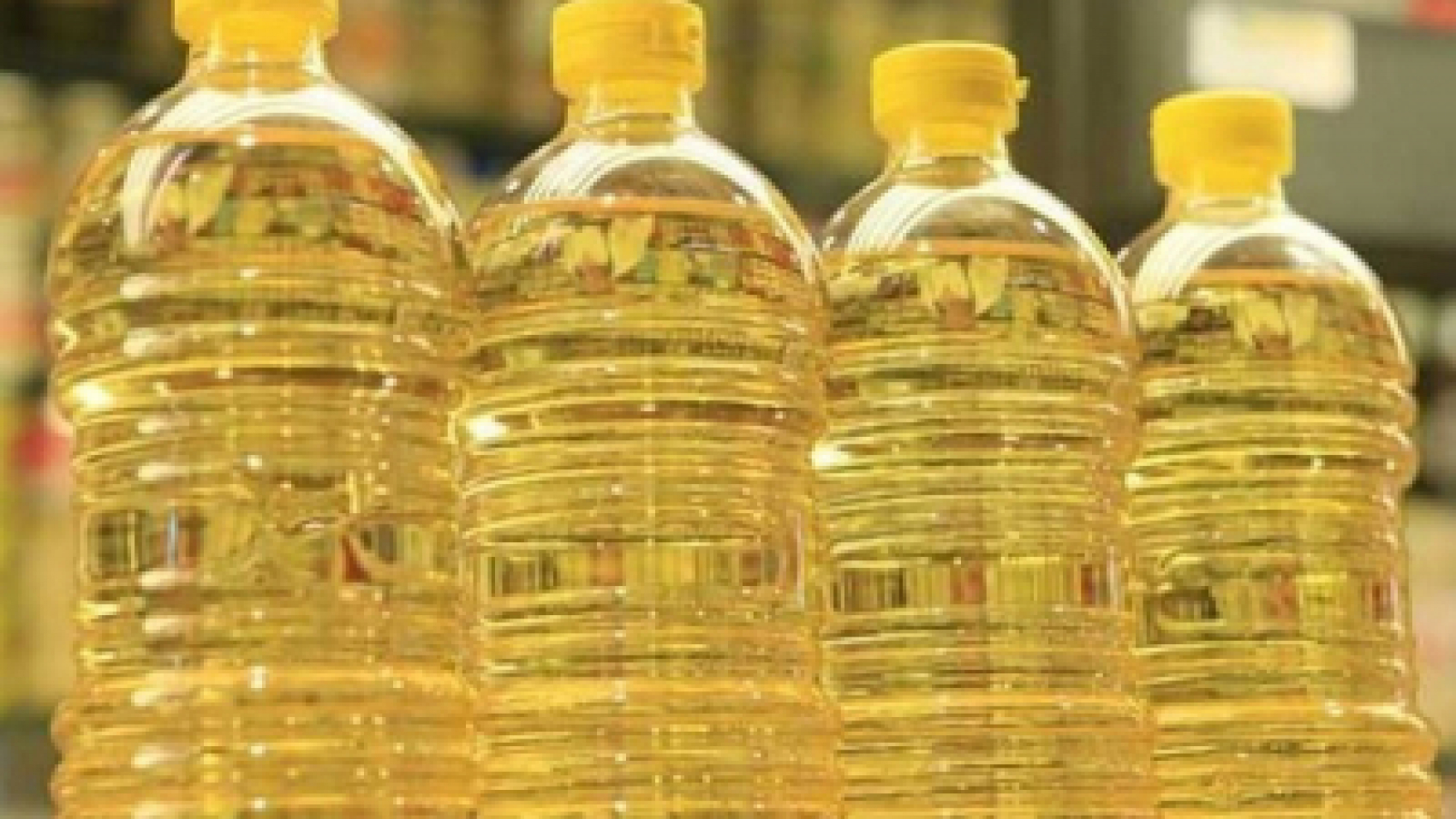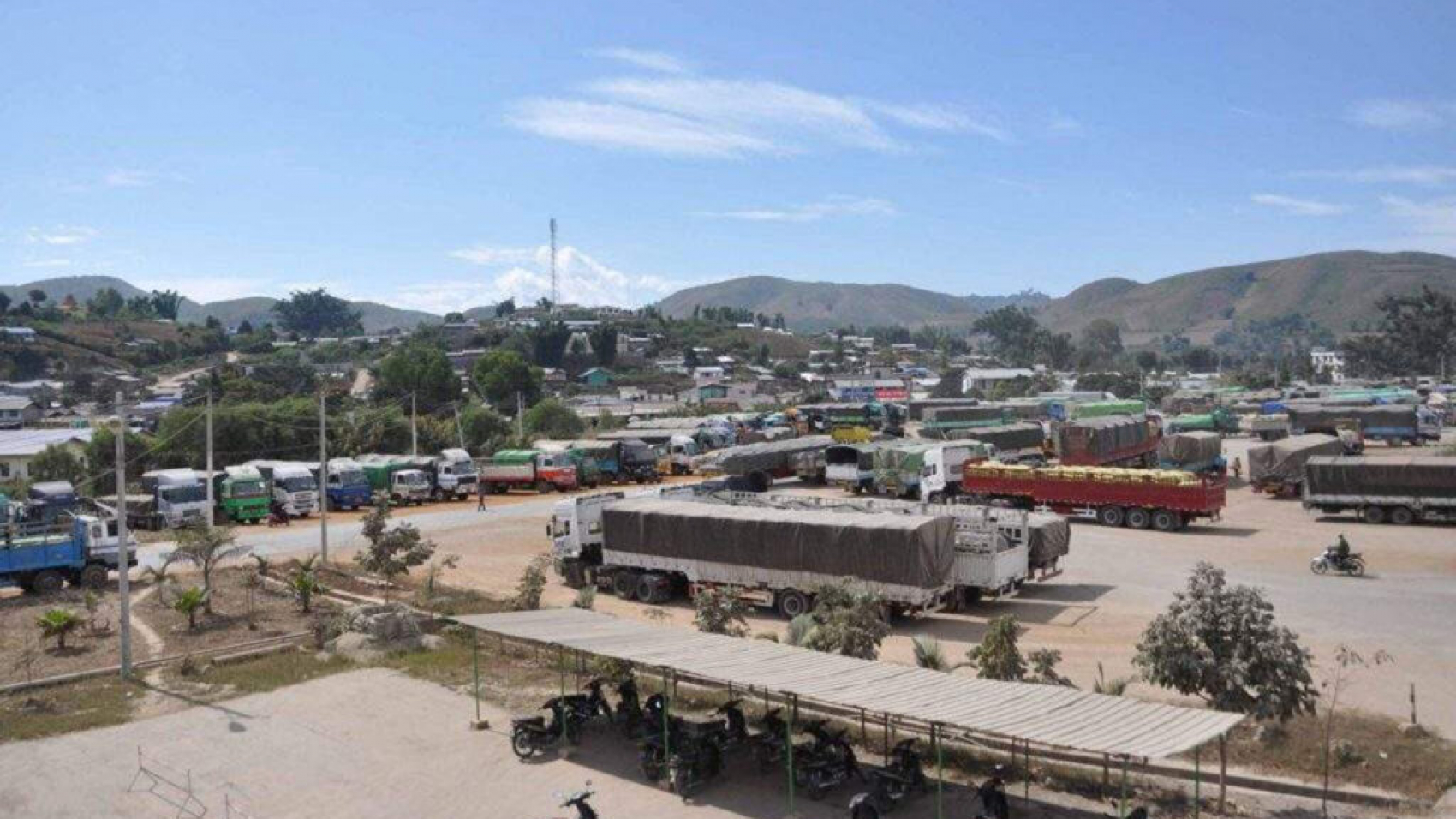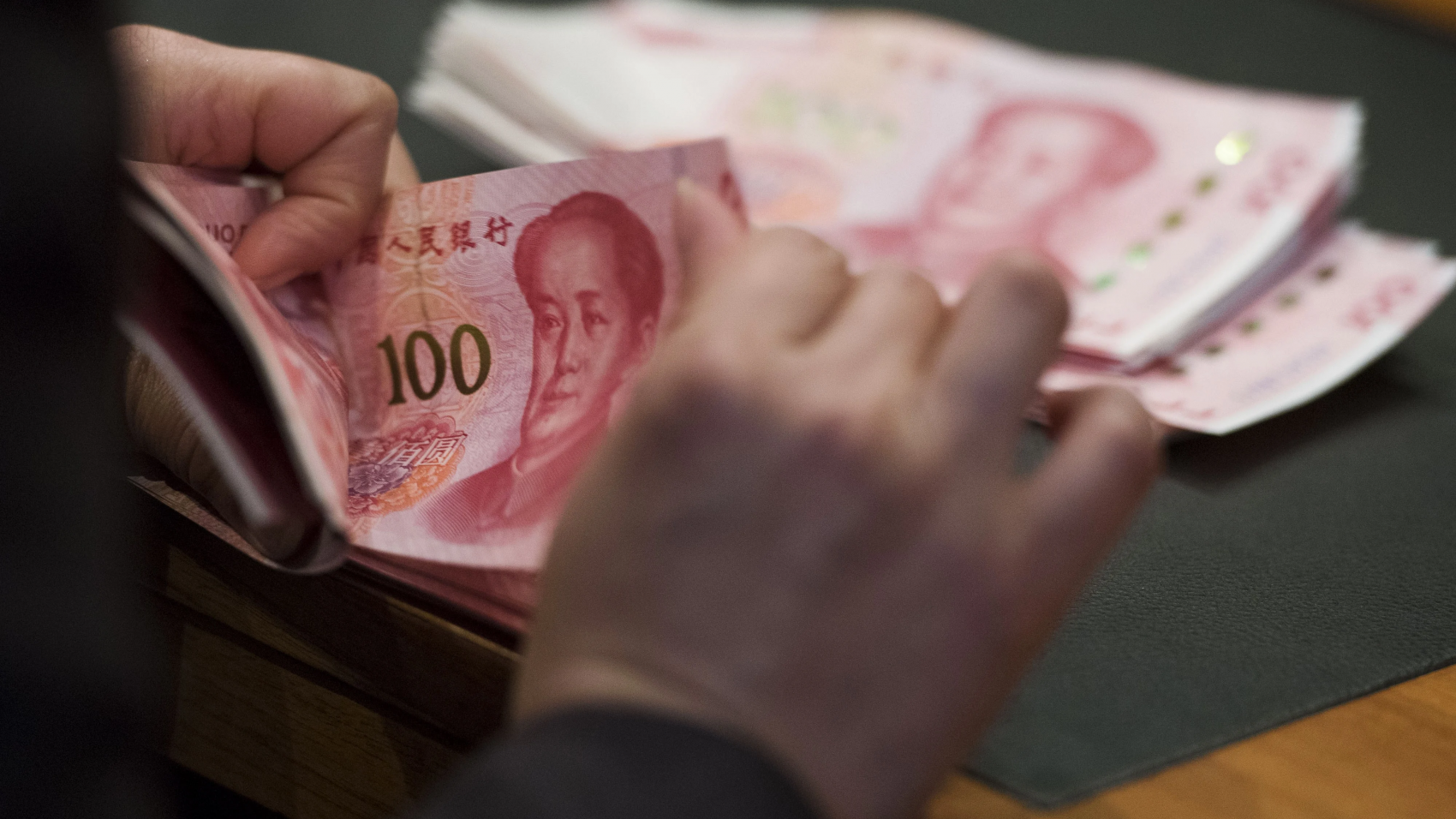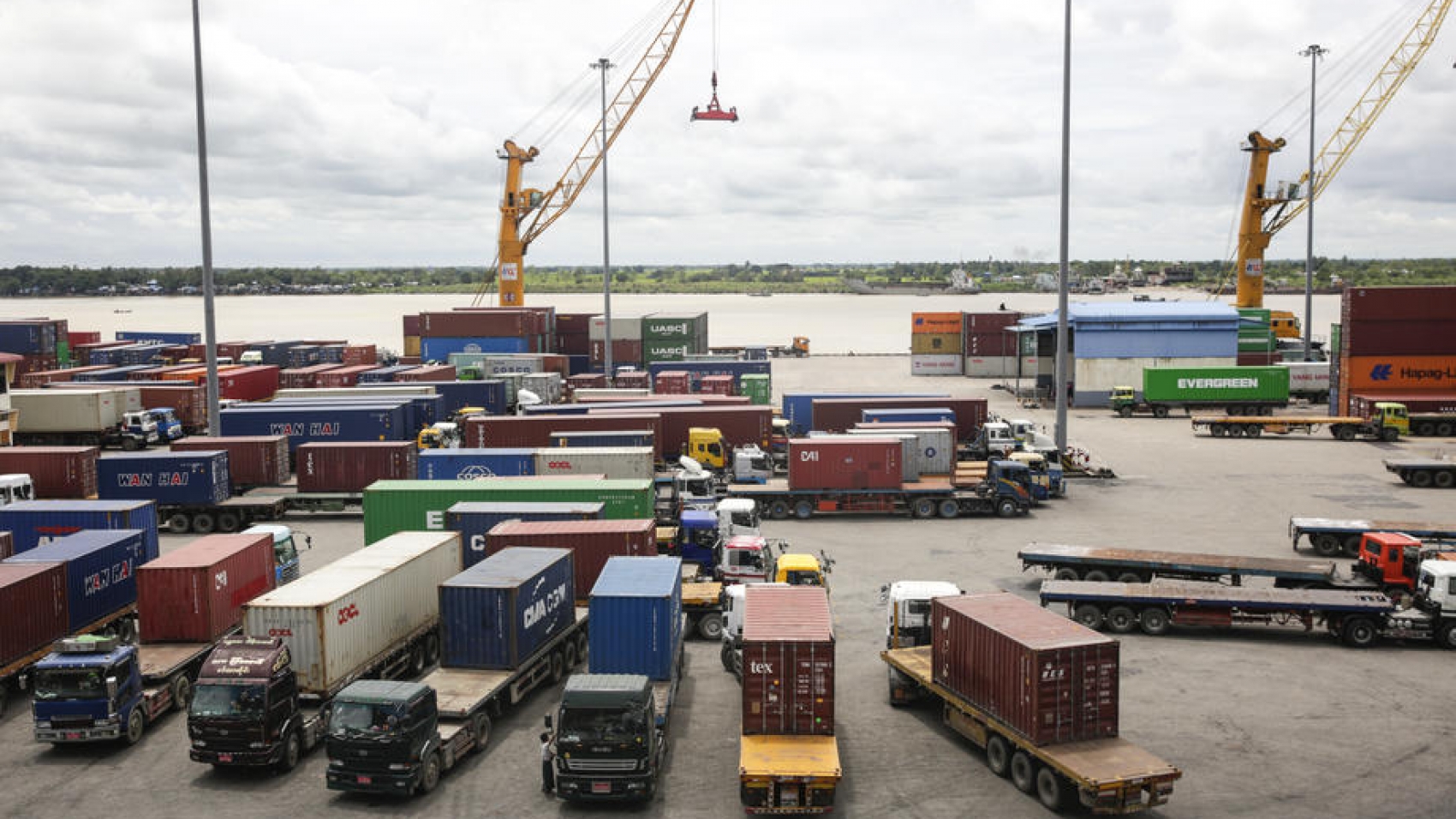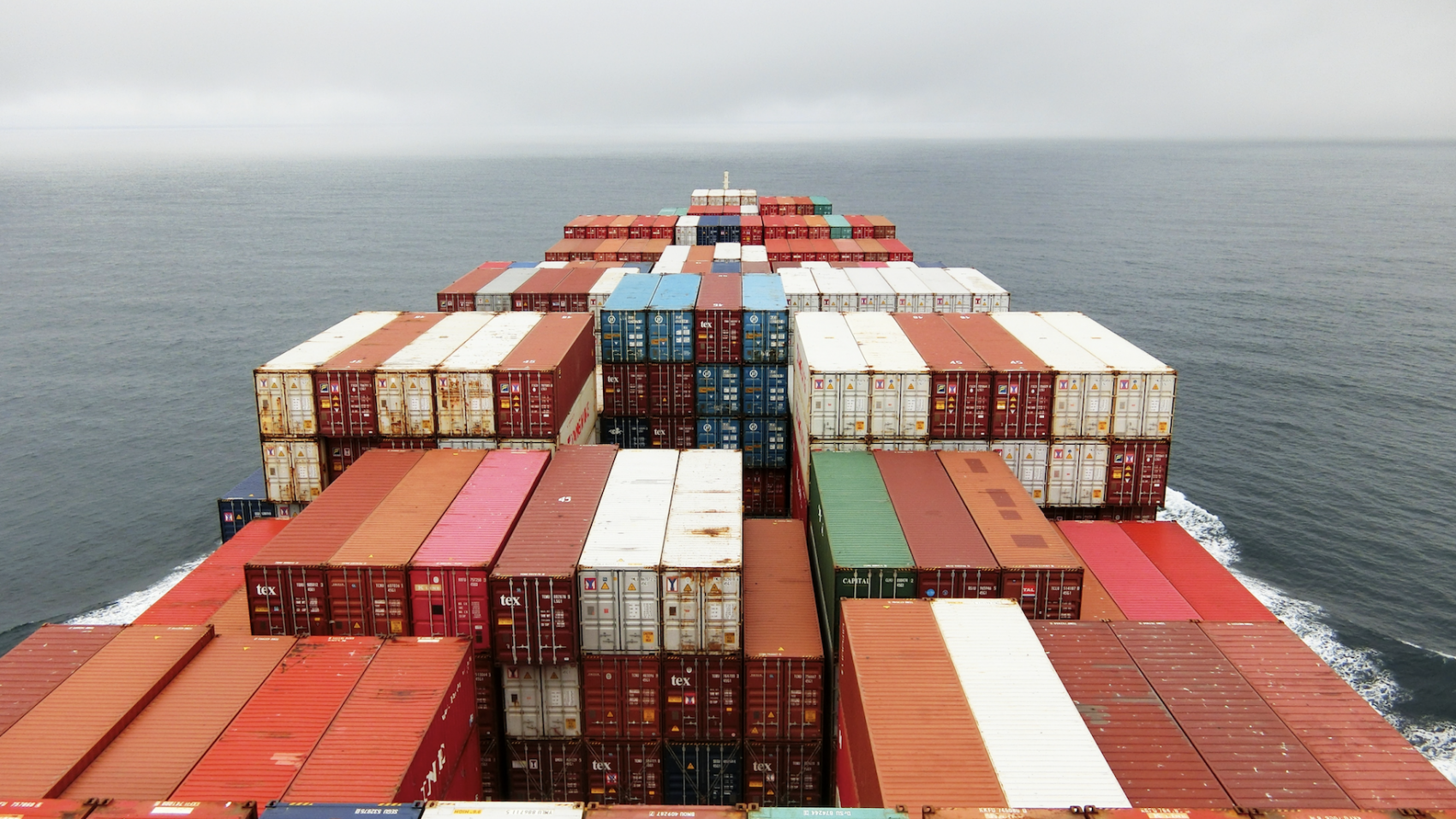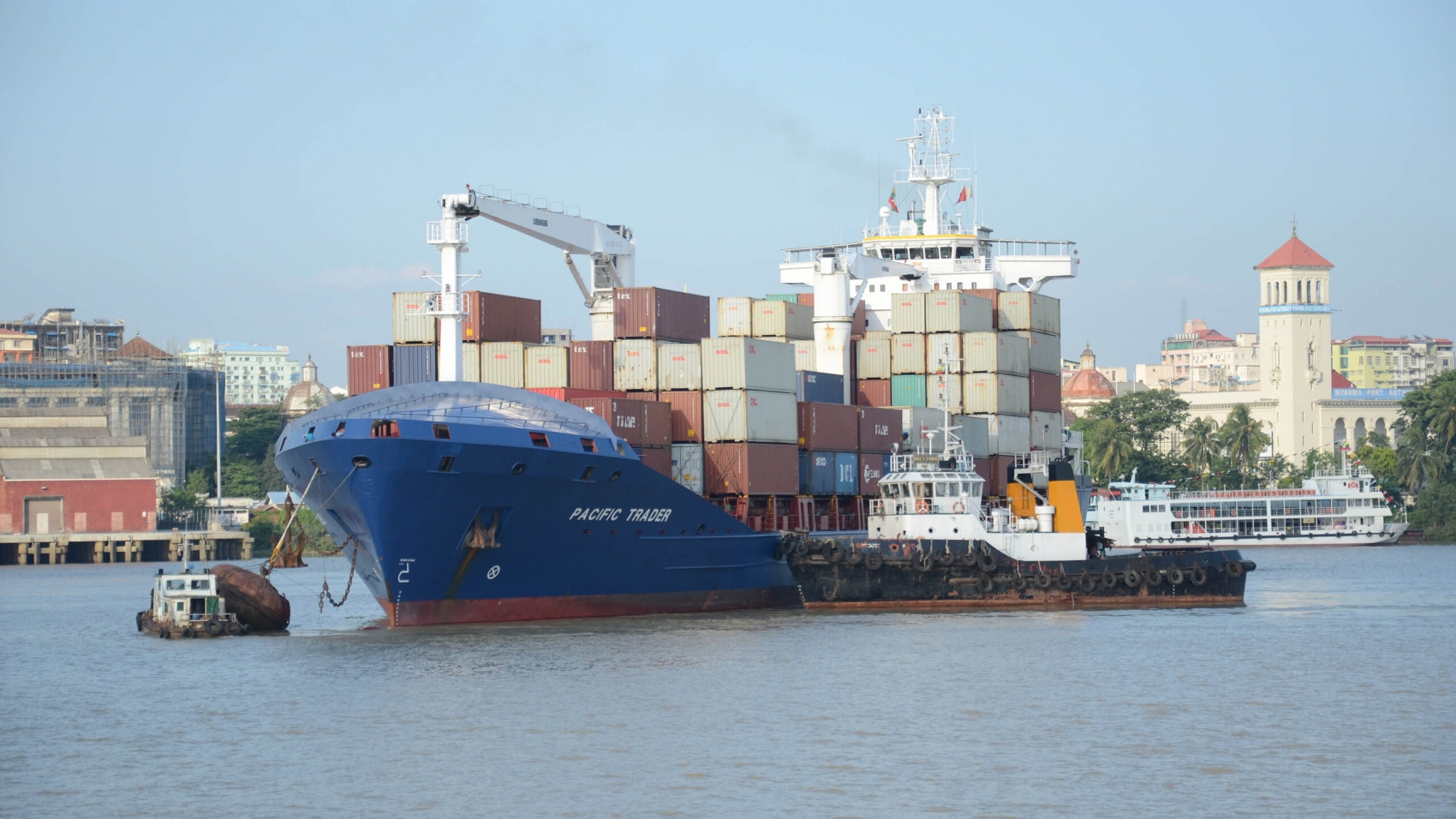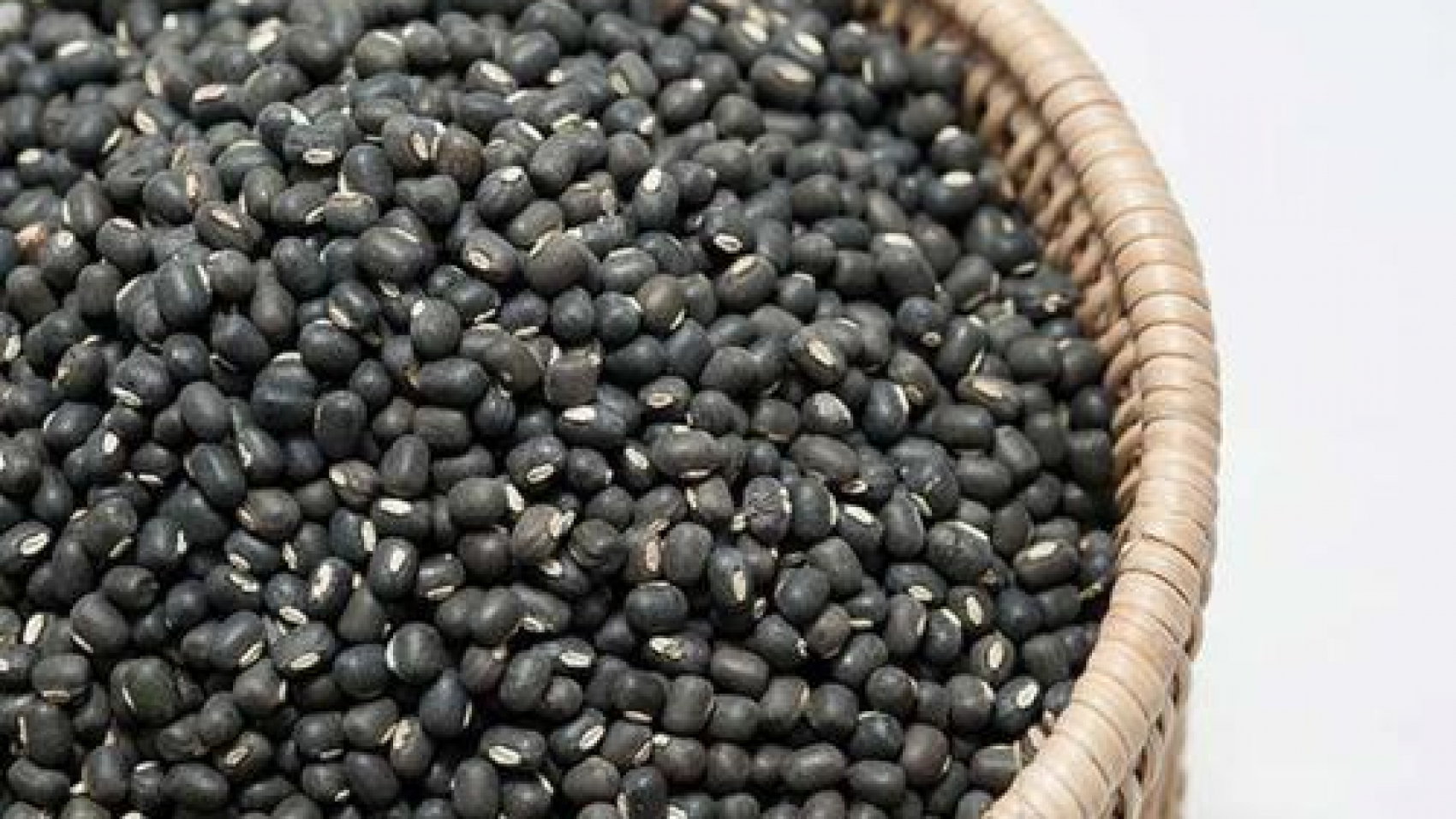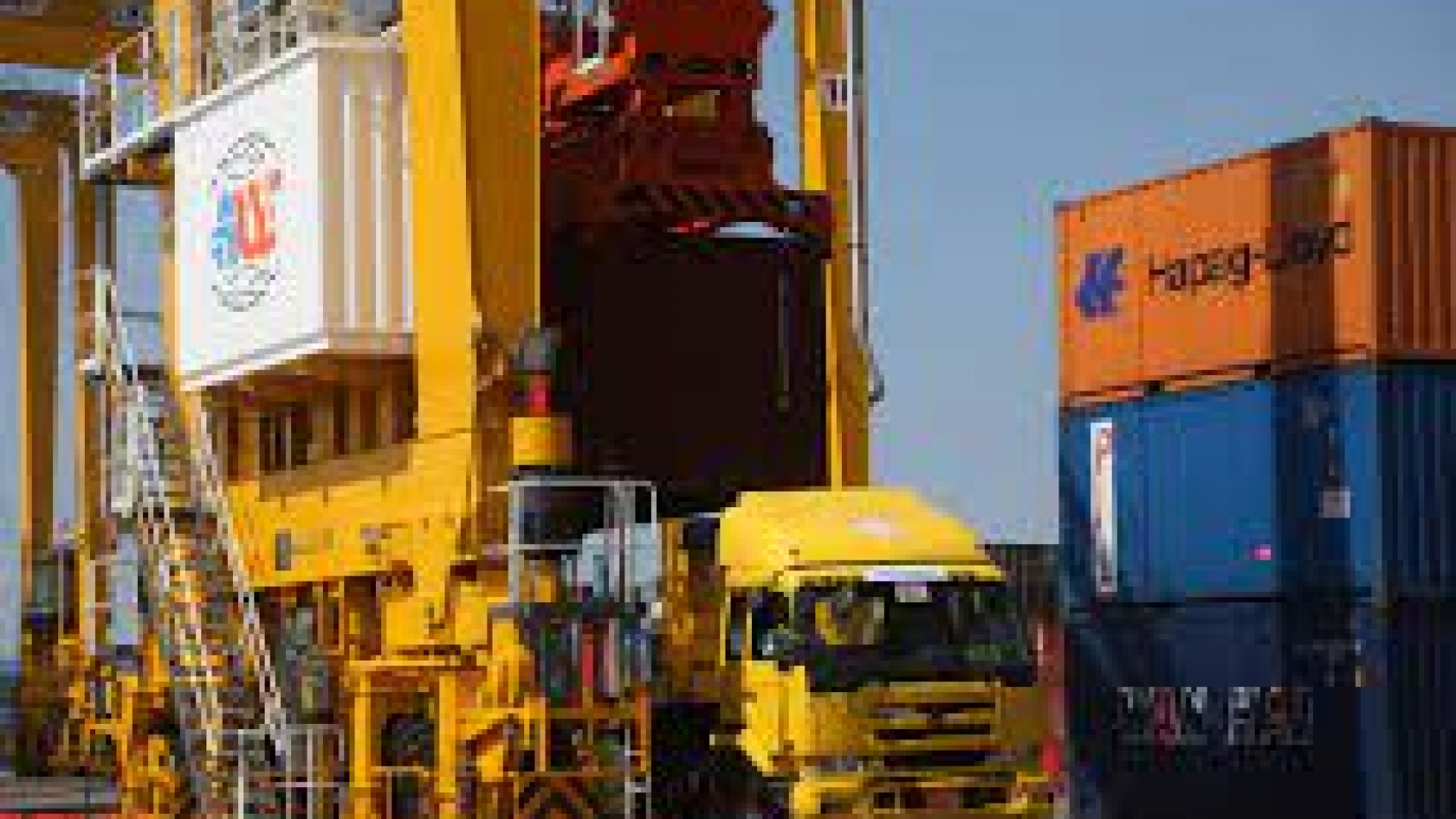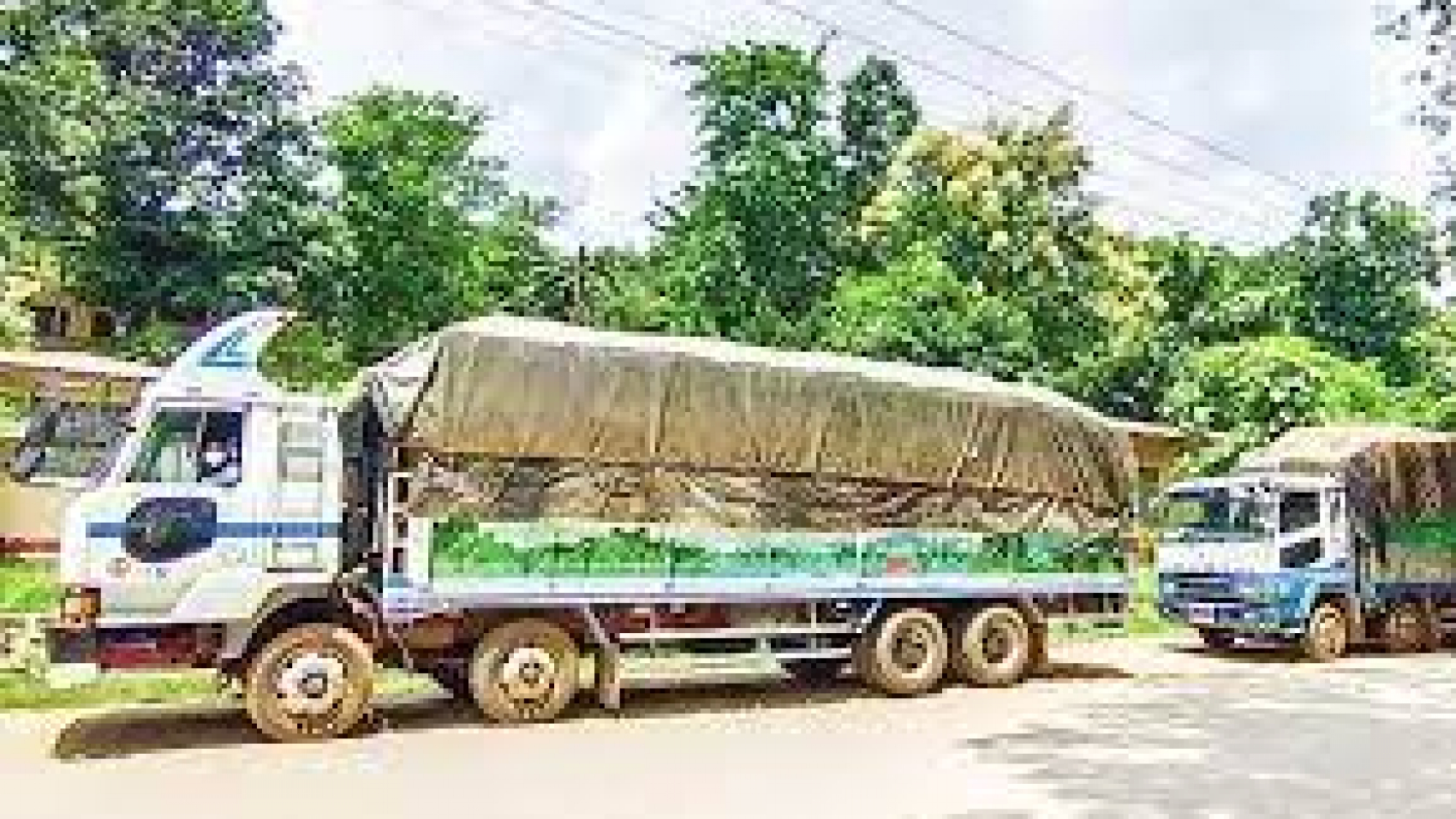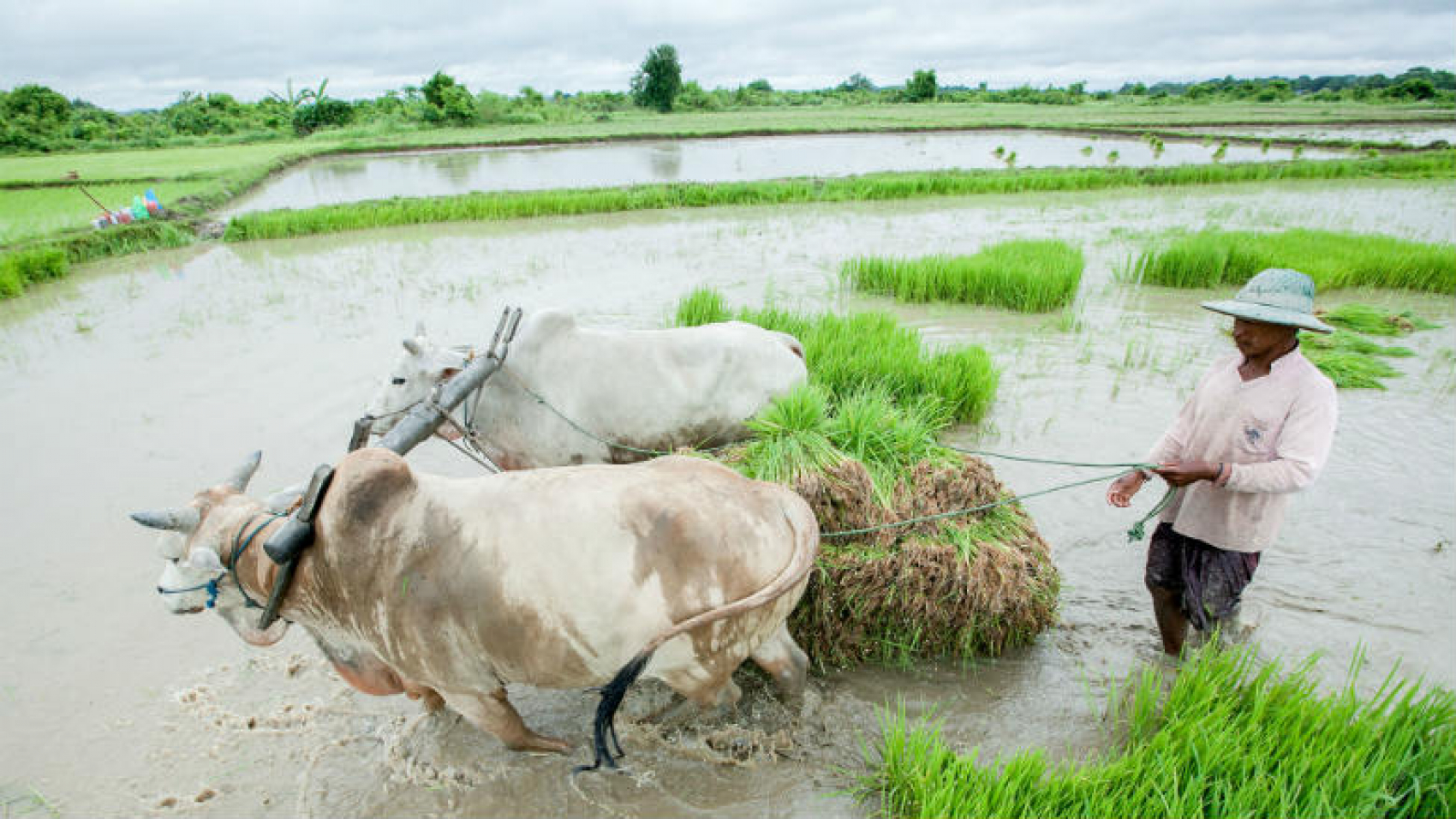The reference price of palm oil is set at K5,620 per viss (a viss equals 1.6 kilogrammes) on 1 May, and the Department of Consumer Affairs is controlling the market to ensure price stability. The Supervisory Committee on edible oil import and distribution under the Ministry of Commerce has been issuing a weekly reference rate to govern the market in line with the changes in international rates. The MoC
announced on 25 April 2022 that the reference rate for a week from 25 April to 1 May is set at K5,620 per viss. “The Consumer Affairs Department carried out supervision of palm oil market. We issue the reference rate on a weekly basis through the state-run newspapers. The department set the gross profit not to exceed more than 2 per cent of the reference rate in Yangon. We govern this condition.
The traders might add transportation and labour charges for other regions and states. We are endeavouring to ensure the price stability,” said an official of the department. The price of palm oil rocketed up to over K7,000 per viss in the domestic market, tracking Indonesia’s palm oil export policy. Ministry of Commerce is striving for the consumers not to worry over the supply of edible Palm oil reference rate set at K5,620 per viss in Yangon until 1 May: CAD oil. The ministry is also trying to secure the edible oil sufficiency, supervise the market to offer a reasonable price to the consumers, maintain the price stability and prevent market manipulation.
MoC stated that if those retailers and wholesalers are found overcharging, storing inventory intentionally and attempting unscrupulous action to manipulate the market, they will face legal action under the Special Goods Tax Law. There are 31,090.98 tonnes of palm oil (19.03 million visses) remaining in the palm oil tanks. There is a sufficiency in the domestic market. The department is ensuring the daily distribution of palm oil to other regions and states. The shipments of palm oil from foreign countries are regularly seen, MoC stated. The domestic consumption of edible oil is estimated at one million tonne per year. The local cooking oil production is just about 400,000 tonnes. About 700,000 tonnes of cooking oil are yearly imported through Malaysia and Indonesia to meet the oil sufficiency in the domestic market.
Source: The Global New Light of Myanmar

